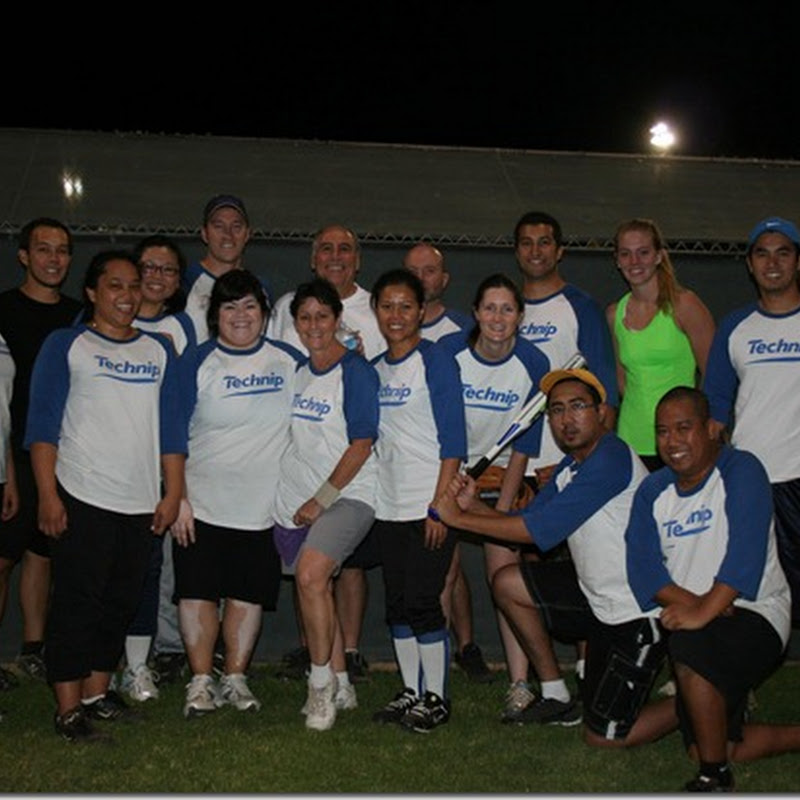
Name: Mark Knopfler
Born: 12th August, 1949 (Glasgow, Scotland)
Profile: He is a British guitarist, singer, songwriter, record producer and film score composer. He is best known as the lead guitarist, vocalist and songwriter for the British rock band "Dire Straits".
History: At the age of 7, he and his younger brother David attended 'Gosforth Grammar School', where he was inspired by his uncle Kingsley's harmonica and boogie-woogie piano playing. Later, in his teens, he wanted to buy an expensive Fiesta Red Fender Stratocaster just like Hank Marvin's, but had to settle for a £50 twin-pick-up Höfner Super Solid.
During the 60's, he formed and joined anonymous schoolboy bands. At age 16, he made a local TV appearance as half of a harmony duo along with a friend from school named Sue Hercombe. In 1969, he worked as a part-time lecturer at 'Loughton College' and played with mates in a band called the "Café Racers", during this period. He also played in a few bands such as the "Silver Heels" and "Brewers Droop".
One night while spending some time with friends, the only guitar available was an old acoustic with a badly warped neck that had been strung with extra-light strings to make it playable. Even so, he found it impossible to play unless he finger-picked it. He said, 'That was where I found my "voice" on guitar.'
Knopfler then joined brother David in a band and also found himself another musical partner, John Illsley (initially a guitarist who changed over to bass) and became the only other member of "Dire Straits" to figure throughout the band's career.
Influences: Elvis Presley, Hank Marvin, Chet Atkins, Scotty Moore, B.B King, Django Reinhardt and James Burton
Axology: Fender Stratocasters 1954 sunburst (named 'Jurassic Strat'), Fender 1952 Telecaster, Melancon Pro Artist, Gibson Les Pauls, Danelectro 59 DC, Pensa custom-built solid body guitars, Schecter Telecaster and Stratocaster models, Watkins guitars - Rapier 33, Ramirez Spanish Guitar, Martin Acoustics
Signature song(s): Wild West End and Sultans of Swing - Dire Straits (Dire Straits, 1978)
Link(s):
http://www.markknopfler.com (Official website)
http://www.youtube.com/watch?v=cK7q2RI2zzg
http://www.youtube.com/watch?v=UEnDJmJEk94
"He is one of the most respected fingerstyle guitarists of the modern rock era" - Rolling Stone magazine








































